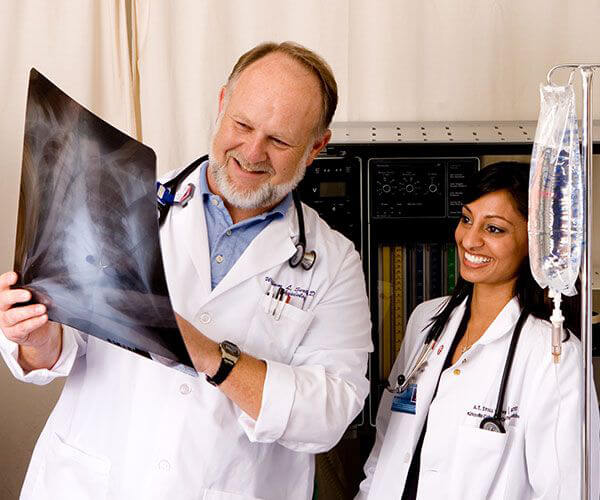Serving the Underserved
Because A.T. Still University (ATSU) believes the greatest challenges in healthcare are related to access, we are guided by our mission to serve underserved populations.
ATSU continually earns distinctions as the graduate health sciences university with best-in-class curriculum and a community outreach mission to serve the underserved. ATSU instills within students the compassion, experience, and knowledge required to address the whole person and shape healthcare in communities where needs are greatest. Inspired to influence whole person healthcare, ATSU graduates contribute to the future of integrated care while also leading with a selfless passion in the communities they serve.
ATSU’s new California physician’s assistant program aims to increase access to healthcare for the nation’s most vulnerable populations by addressing the nation’s shortage of PAs. As one of the first PA-specific schools in California, its goal is to graduate PAs who have an in-depth understanding of and a desire to become caring, community minded healthcare providers serving populations in need.
At ATSU, teaching our students how to make a difference in the health of the communities they lead includes growing their compassion for the underserved. In the real world of caring for our communities, our mission and vision propel graduates to become the next generation of compassionate healthcare professionals who focus on whole person healthcare and serve the healthcare needs of our entire community. Body, mind, and spirit. There are many definitions of underserved, reflecting the wide range of populations we must address to truly care for the communities we serve:
- Patients who do not physically fit into standardized care environments.
- Children and adults with disabilities or autism spectrum disorder met with trepidation by some providers because of the potential for disruption.
- Seniors who are faced with mobility or cognitive challenges.
- Those who need care and have limited access resulting from distance or insurance barriers.
- Patients who may not otherwise receive the care they need because of cultural, geographic, and/or language barriers.

